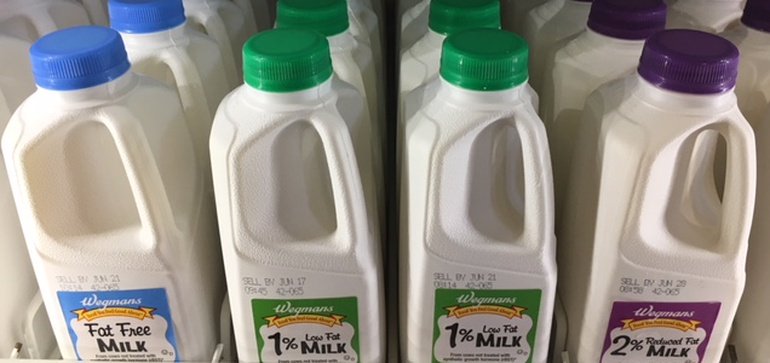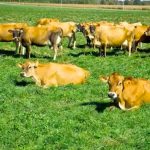
The RaboResearch Dairy Quarterly report, called “Waiting for the Dust to Settle,” is forecasting global milk production will continue expanding with a 1% year-over-year increase for the second half of 2020, factoring in weather issues and lower milk prices.
There has been a rebound in milk and dairy product prices in the Northern Hemisphere, but “it may be too soon to call this a true recovery,” RaboResearch Dairy Analyst Ben Laine said. “Much of the price support has been driven by government aid that will likely slow in the months ahead. The upcoming U.S. presidential election could extend heightened levels of support in the U.S.,” he said.
Before the pandemic, the dairy industry was struggling. Coronavirus has only intensified its issues. Demand for milk was already dropping before foodservice dining room closures severely diminished sales, a channel from which the dairy industry gets a lot of business. Sine the pandemic, demand has plummeted so much, farmers have been forced to dump fresh milk, sending dairy prices downward.
Rabobank’s last quarterly report on the industry in March found global dairy prices were on an upward path in the fourth quarter of 2019, but that progress stalled in 2020 because of the outbreak. Early on, analysts predicted the pandemic presented a major downward price risk for dairy.
But as reopenings begin in the U.S. and demand from foodservice slowly starts to rise again, the report says prices and production will start to rebound. But it won’t be a quick turnaround, and there are still hurdles ahead.
Although the USDA issued relief packages to help the agriculture industry, including direct payments to farmers and bulk purchases of milk to distribute to food banks, many milk producers are still struggling. Rabobank said once this government aid and market support slows, the slower economy caused by the pandemic could hurt categories across the food industry.
Additionally, analysts are concerned about the slowing export demand for dairy as the pandemic tightens borders and demand shrinks. Rabobank forecasts imports to China, the world’s largest dairy import market, will drop 15% year-over-year in 2020. High inventory will put downward pressure on dairy prices for the U.S. in the coming months because of more stocks and higher competition for exports.
Before coronavirus, the dairy industry had already had various ups and downs in recent years. Two major milk producers filed for bankruptcy in recent months. Consumers are increasingly turning to cheaper private label products, alternative beverage choices and plant-based options. In the first week of March, oat milk sales were up 347.3% from the year before, according to Nielsen data. But even in typical economic times, dairy sales have been dropping. Overall sales of dairy milk dropped 15% in five years, from about $18.9 billion in 2012 to $16.12 billion in 2017, according to Mintel.























